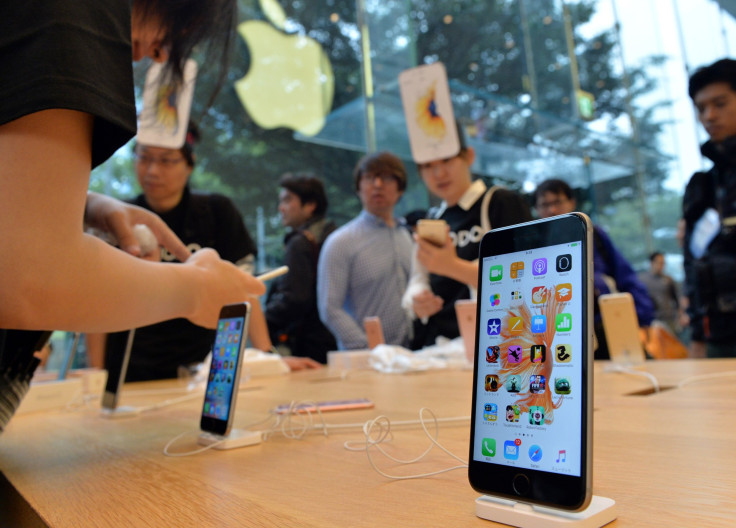iPhone 8 Rumors: Apple Inc. May Tap Samsung Display To Manufacture OLED Screens

Samsung Display, one of Apple’s many suppliers, could find itself manufacturing the bulk of iPhone displays in the future — perhaps an iPhone 8. The South Korean electronics conglomerate is expected to secure the majority of OLED screen orders from Apple Inc, according to a report from South Korea’s Electronic Times.
Samsung is expected to spend upwards of 9 trillion won ($7.47 billion) to prepare its plants with equipment to handle the production of iPhone displays. The lines are expected to yield between 30,000 to 45,000 OLED display sheets per month, according to the report. The plants could be required to yield an additional 45,000 units per month in 2017, the terms of the nearly finalized contract stipulate, according to the report.
Unlike the LCDs screens used on the iPhone 6S and 6S Plus, an OLED display doesn’t require an additional backlight since the pixels can be lit individually. This could help Apple save some precious space on its tightly packed smartphone.
In addition to Samsung, manufacturers such as LG Display and Japan Display have also been named in previous reports as potential suitors for Apple’s iPhone display business. Japan Display in particular had also planned to retool one of its LCD plants into a prototype assembly line for OLED screens.
Apple’s vendors are expected to handle the manufacturing process, but the iPhone maker is said to be researching display technologies on its own in a research and development facility located in Taiwan. In addition to OLED display tech, micro-LED technology is another potential technology it is said to be exploring since it contains smaller pixels than traditional LCD and LED displays. Apple acquired several patents related to micro-LEDs following the purchase of LuxVue Technology in 2014 for an undisclosed sum, according to TechCrunch.
While rumors are already starting to fly out about an iPhone that may not surface until two to three years out, analysts and investors will keeping a close eye on Apple’s sales results from the holiday quarter, which are expected to be released on Jan. 26, after markets close.
© Copyright IBTimes 2025. All rights reserved.





















